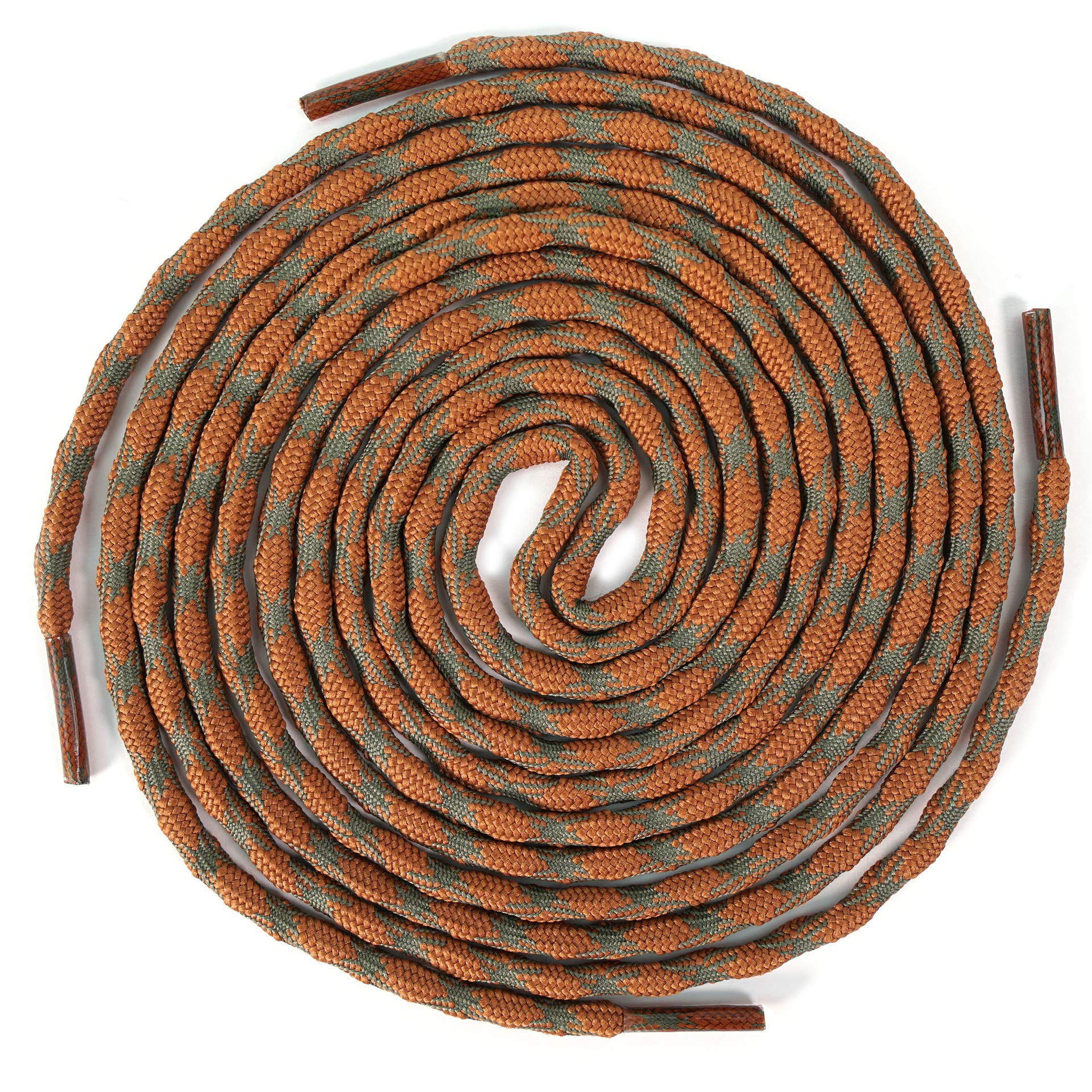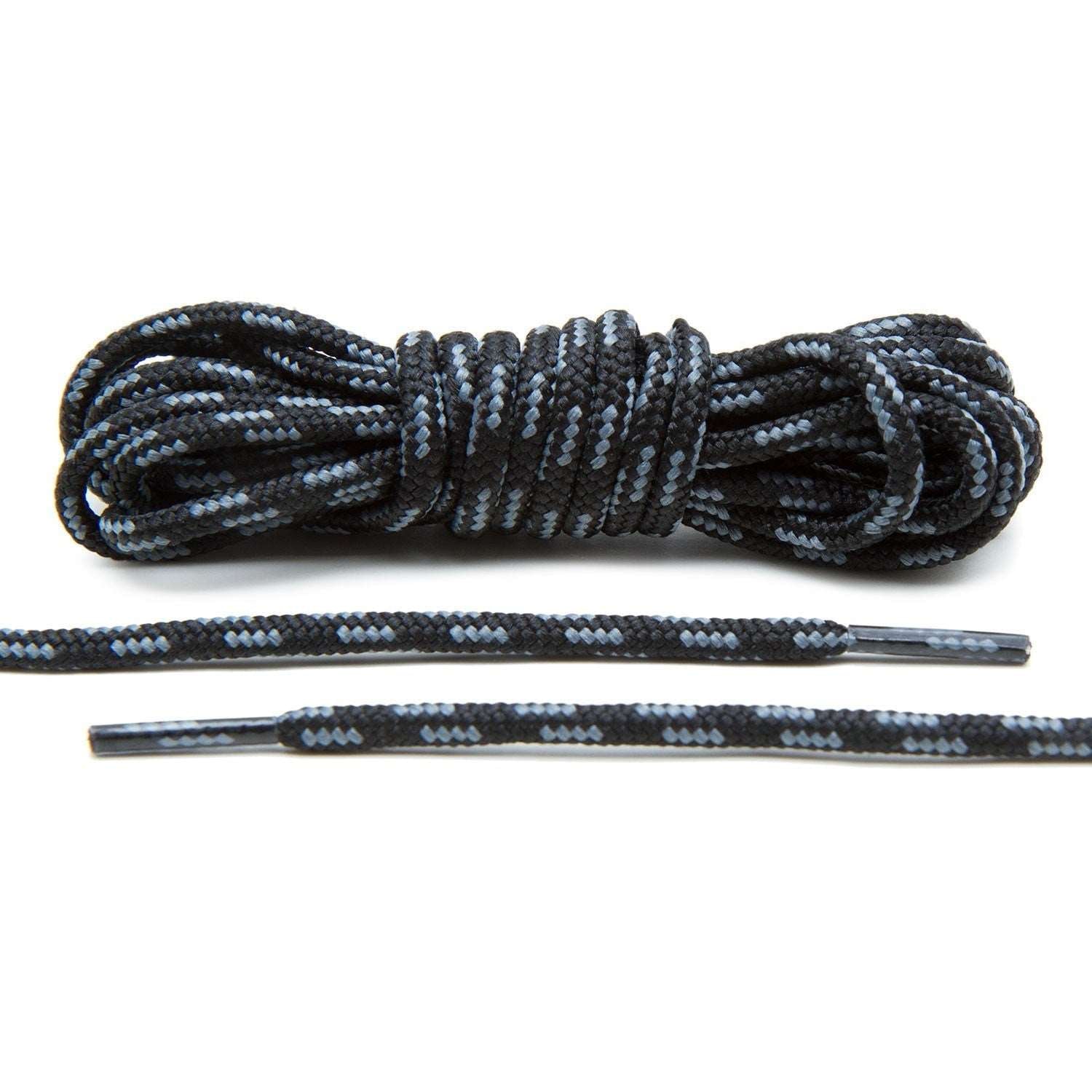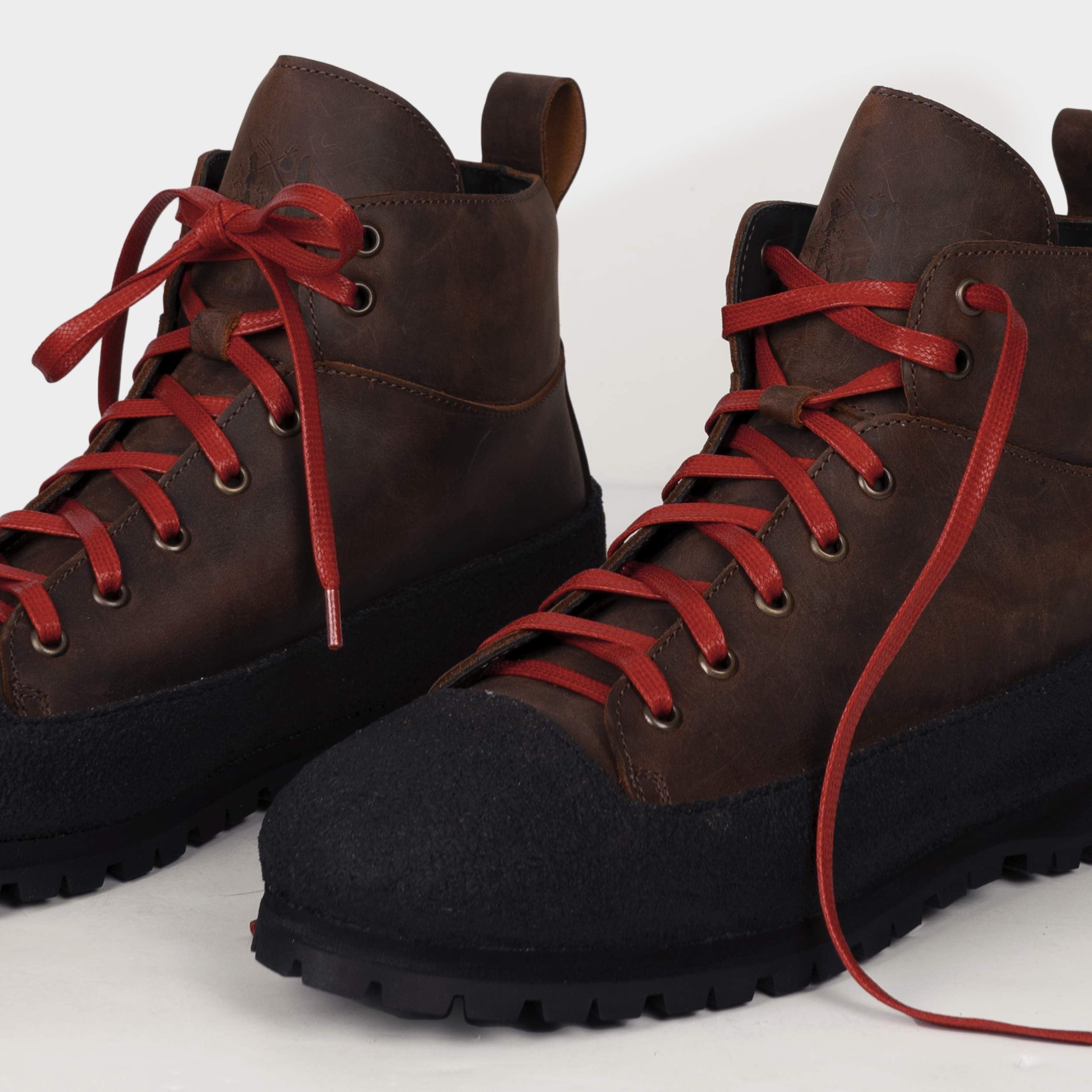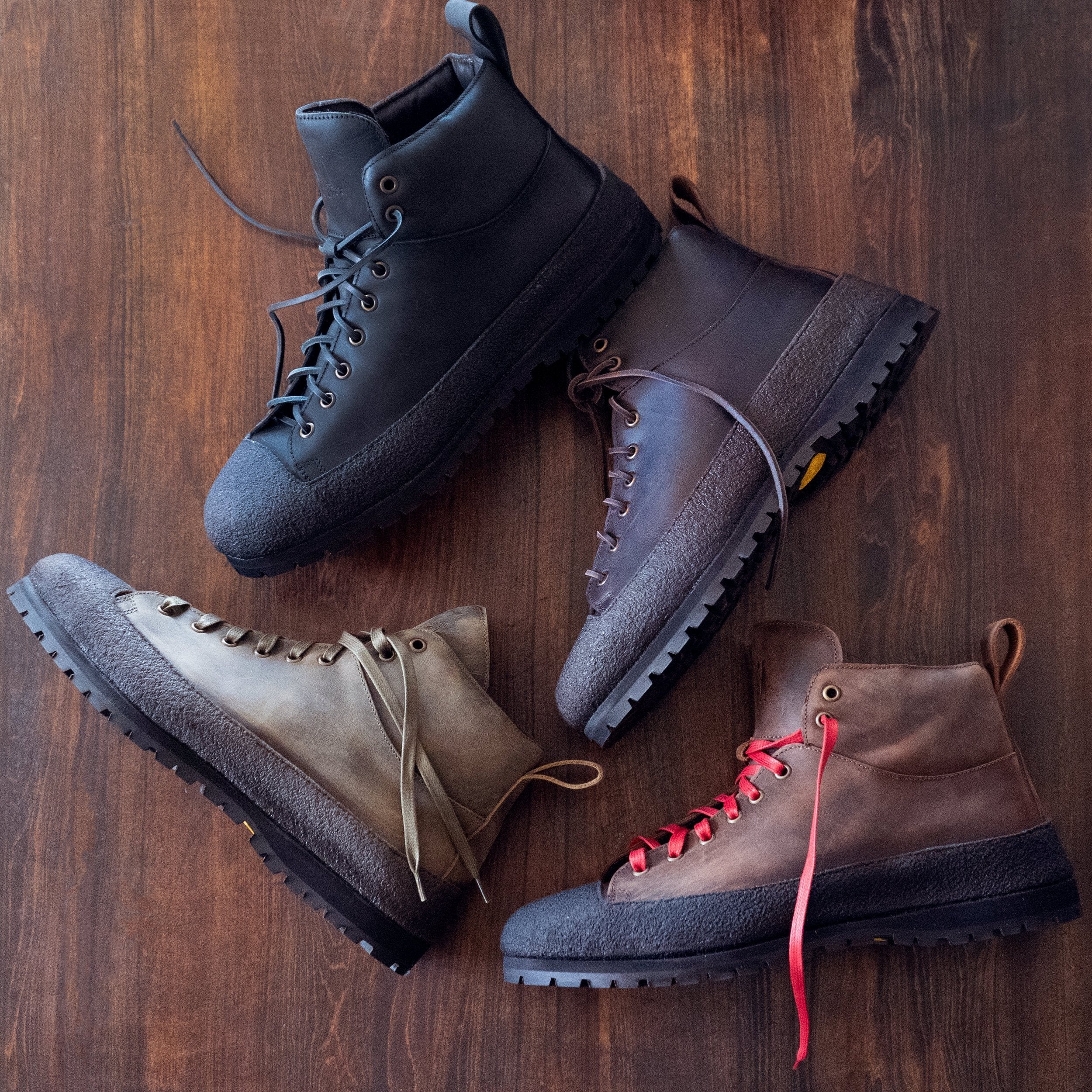When it comes to hiking, having the right hiking boot laces is crucial for a comfortable and safe experience. Hiking boots are an essential part of any hiker’s gear, and one often overlooked aspect of these boots is the laces. While they may seem like a minor detail, the laces can significantly impact the comfort and functionality of your boots. With a wide variety of hiking boot laces available in the market, choosing the right one can be a daunting task. In this comprehensive guide, we will discuss the key factors to consider when selecting hiking boot laces to ensure that you make the best choice for your needs.

Material
One of the most important factors to consider when choosing hiking boot laces is the material. Laces are available in a variety of materials, each with its own set of benefits and drawbacks. Common materials for hiking boot laces include nylon, polyester, and Kevlar. Nylon laces are known for their durability and ability to hold knots securely. They are also resistant to abrasion and moisture, making them an excellent choice for hiking in challenging terrain. Polyester laces are similarly durable and resistant to abrasion, but they tend to stretch less than nylon laces. Kevlar laces are the most durable of the three and are highly resistant to abrasion and heat. However, they are also the most expensive. When choosing the material for your hiking boot laces, consider the type of hiking you will be doing and the environmental conditions you will encounter.
Length
The length of your hiking boot laces is another crucial factor to consider. Laces come in a variety of lengths, and choosing the right length is essential for ensuring a secure and comfortable fit. If your laces are too short, you may struggle to tie them securely, leading to discomfort and potential injury. On the other hand, if your laces are too long, they may drag on the ground, posing a tripping hazard. To determine the ideal length for your hiking boot laces, consider the number of eyelets on your boots as well as the type of lacing pattern you prefer. Most hiking boots with standard eyelets will require laces in the range of 45-54 inches, but it is best to measure your current laces or consult the manufacturer’s guidelines to ensure an accurate fit.
Shape and Thickness
The shape and thickness of hiking boot laces can also impact their performance and longevity. Flat laces are the most common type of laces found on hiking boots and are known for their ease of tying and ability to distribute pressure evenly across the foot. However, round laces are also available and are preferred by some hikers for their durability and resistance to abrasion. When it comes to thickness, thicker laces are generally more durable and less prone to breakage, but they may be more challenging to tie securely. Thinner laces, on the other hand, are easier to tie but may not hold knots as securely. Consider the type of terrain you will be hiking in and the level of durability you require when choosing the shape and thickness of your hiking boot laces.

Color
While color may seem like a purely aesthetic consideration, it can also impact the performance and functionality of your hiking boot laces. Brightly colored laces can enhance visibility, making it easier to spot your feet in low-light conditions. They can also add a pop of color to your boots, allowing you to personalize your gear. However, brightly colored laces may also show dirt and stains more easily, requiring more frequent cleaning. On the other hand, dark-colored laces are less likely to show dirt and stains but may be less visible in low-light conditions. Consider your personal preferences as well as the environments you will be hiking in when choosing the color of your hiking boot laces.
Durability
Durability is perhaps the most critical factor to consider when choosing hiking boot laces. The last thing you want is for your laces to snap in the middle of a hike, leaving you with no way to secure your boots. Look for laces made from high-quality materials that are resistant to abrasion, moisture, and heat. Consider the type of hiking you will be doing and the conditions you will encounter to determine the level of durability you require. Additionally, it is important to inspect your laces regularly for signs of wear and tear and replace them as needed to ensure your safety on the trail.
Advantages of hiking boot laces
Hiking is a popular outdoor activity that allows people to connect with nature and challenge themselves physically. One essential piece of gear for hikers is a good pair of hiking boots, and the laces that come with them are just as important. Hiking boot laces play a crucial role in providing support and stability for the feet and ankles, and they offer various advantages that contribute to a comfortable and safe hiking experience.
Durability
One of the primary advantages of hiking boot laces is their durability. When exploring rugged terrain and challenging landscapes, hikers need laces that can withstand the elements and hold up against wear and tear. High-quality hiking boot laces are made from strong and resilient materials such as nylon, polyester, or Kevlar, which are designed to endure the rigors of outdoor adventures. This durability ensures that the laces remain intact and reliable, preventing any unexpected mishaps while on the trail.

Secure Fit
The security of a hiker’s footwear is essential for stability and comfort when trekking through diverse environments. Hiking boot laces are designed to provide a secure fit that keeps the boots firmly in place. This prevents the feet from sliding or shifting within the boots, reducing the risk of blisters, discomfort, and potential injuries. The ability to adjust the tightness of the laces also allows hikers to customize the fit of their boots based on their individual preferences and the specific demands of the terrain they are navigating.
Support and Stability
Hiking boot laces play a crucial role in offering support and stability for the feet and ankles. The lacing system of hiking boots allows for strategic tightening and loosening to provide the necessary support for different areas of the foot. This helps to reduce the strain on the feet and ankles, especially during steep ascents or descents, uneven surfaces, and challenging trails. Additionally, the secure lacing of hiking boots aids in maintaining stability, which is essential for navigating rocky, slippery, or unpredictable terrain without compromising balance.
Versatility
Another advantage of hiking boot laces is their versatility. Different lacing techniques can be utilized to achieve various benefits, such as increased arch support, reduced pressure points, and improved overall comfort. Hikers can experiment with different lacing patterns to address specific foot issues or to accommodate different foot shapes and sizes. This versatility allows hikers to fine-tune the fit of their boots according to their individual needs and preferences, ensuring a more enjoyable and efficient hiking experience.

Conclusion
Choosing the right hiking boot laces is an essential part of ensuring a comfortable and safe hiking experience. By considering factors such as material, length, shape and thickness, color, and durability, you can select laces that are best suited to your individual needs. Take the time to research and test out different laces to find the perfect fit for your hiking boots, and remember to inspect and replace your laces regularly to maintain optimum performance. With the right laces, you can hit the trails with confidence, knowing that your boots are securely and comfortably laced up for any adventure.
